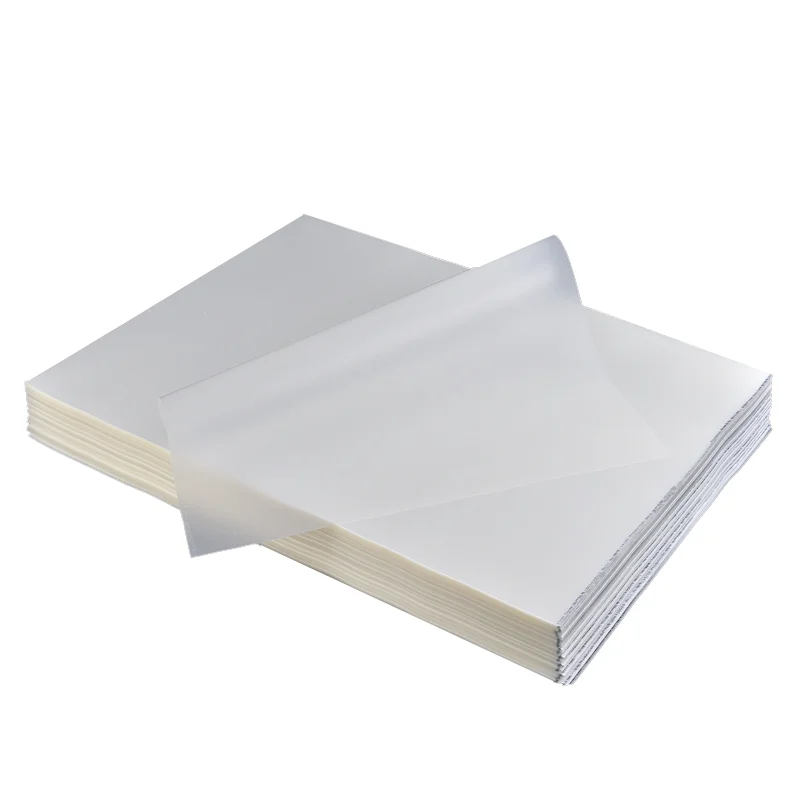PET release film plays a crucial role in heat transfer printing—first by ensuring the surface quality of the printed film, then by allowing the ink printed on it to transfer smoothly onto fabrics. However, issues such as overly tight release and dirty spots may occur. This article focuses on solutions for excessive tight release.
When printing large patterns, high-viscosity adhesive or aggressive solvent penetration can cause the adhesive to dissolve into the release layer. This results in:
Difficult peeling
Discoloration
Wrinkling
Strong chemical odor
✅ Solution:
Adjust the solvent ratio (primary/secondary/auxiliary solvents) to reduce strong solvent content.
Increase adhesive solid content to minimize dissolution.

To improve printing efficiency, operators may reduce ink viscosity for better flow. However, this leads to:
Solvent penetration into the release layer
Trapped solvents due to poor drying
Release layer and ink layer mixing
Rough surface, tight peeling, and strong odor after transfer
✅ Solution:
Increase ink viscosity.
Strengthen drying (e.g., "print-dry-print" method for layer-by-layer curing).

✅ Testing Method:
Take a blank PET release film.
Apply adhesive film (e.g., 3M tape) and perform a peel test.
For precise measurement, use a torque-based peel tester before mass production.
 Hot News
Hot News2025-08-28
2025-08-18
2025-08-11
2025-08-04
2025-07-25
2025-07-23